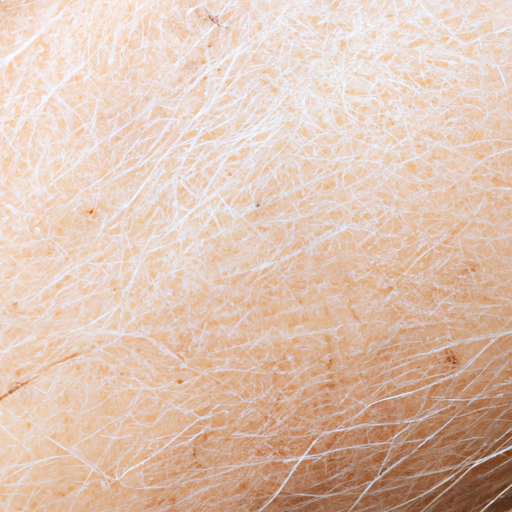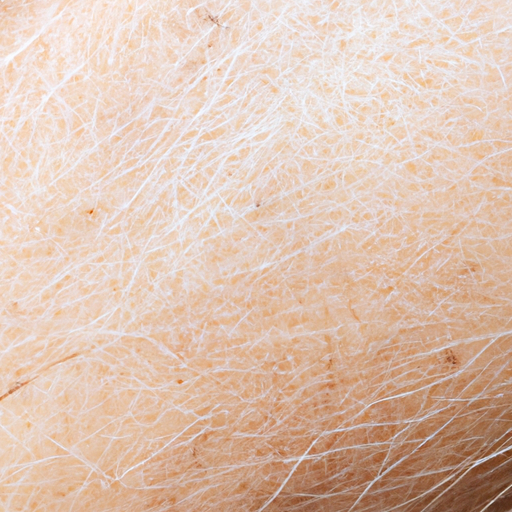Dry skin, medically known as xerosis, is a common condition that affects many people worldwide. It can occur at any age and in any climate, although it is more prevalent in older adults and in dry, cold weather conditions. Dry skin is characterized by a lack of the appropriate amount of water in the most superficial layer of the skin, the epidermis. While dry skin can appear on any part of the body, it is most commonly found on hands, arms, and legs.
Diagnosing dry skin is typically straightforward. Dermatologists or general practitioners can often identify the condition through a simple visual examination. The skin may appear rough, scaly, or flaky, and may feel tight or uncomfortable. In severe cases, the skin may develop deep cracks that can bleed. However, it’s important to note that these symptoms can also be indicative of other skin conditions, such as eczema or psoriasis. Therefore, if dry skin symptoms persist despite self-care measures, it’s advisable to seek medical attention to rule out underlying conditions.
The causes of dry skin are numerous and varied. Environmental factors play a significant role; low humidity levels, whether due to weather conditions or indoor heating, can cause the skin to lose moisture. Over-washing or using harsh soaps can strip the skin of its natural oils, leading to dryness. Certain medical conditions like hypothyroidism, diabetes, and malnutrition can also cause dry skin. Aging is another factor; as we age, our skin produces less oil, making it more prone to dryness.
The treatment of dry skin primarily involves replenishing lost moisture and protecting the skin from further moisture loss. This often begins with lifestyle changes. Using gentle, fragrance-free soaps and reducing the frequency of bathing can help preserve the skin’s natural oils. Applying a moisturizer immediately after bathing can also help trap water in the skin.
In terms of topical treatments, emollients and humectants are the most commonly used. Emollients, such as petroleum jelly and lanolin, work by filling in gaps between skin cells, creating a smooth surface. Humectants, including glycerin and hyaluronic acid, attract water to the skin’s surface from the deeper layers of the skin and the environment.
In severe cases, a dermatologist may prescribe a topical steroid to reduce inflammation and itching. However, these should be used sparingly and under medical supervision, as long-term use can have side effects.
In conclusion, dry skin is a common condition that can usually be managed with simple self-care measures and over-the-counter treatments. However, persistent or severe dry skin may be a sign of an underlying medical condition and should be evaluated by a healthcare professional. By understanding the causes and treatments of dry skin, we can better manage this condition and maintain our skin’s health and comfort.




